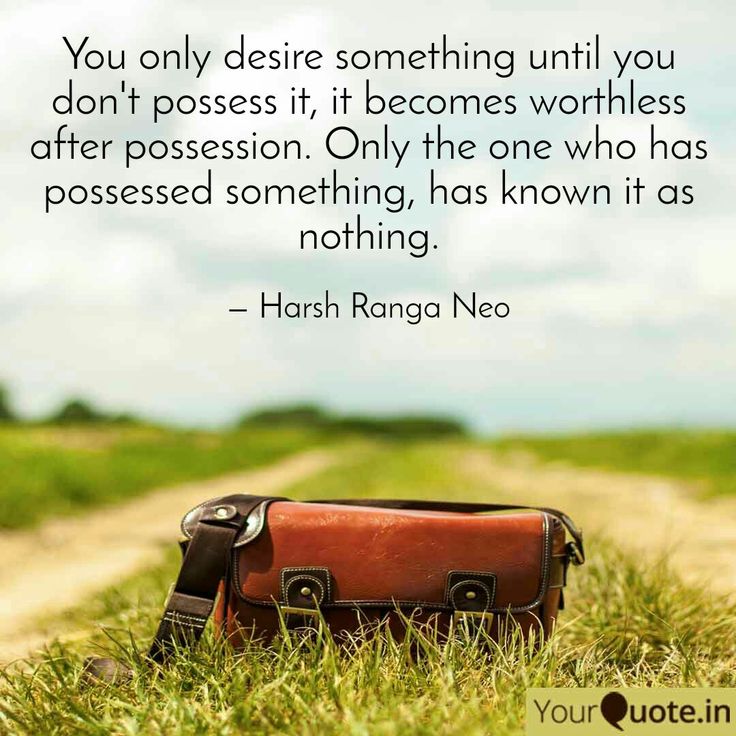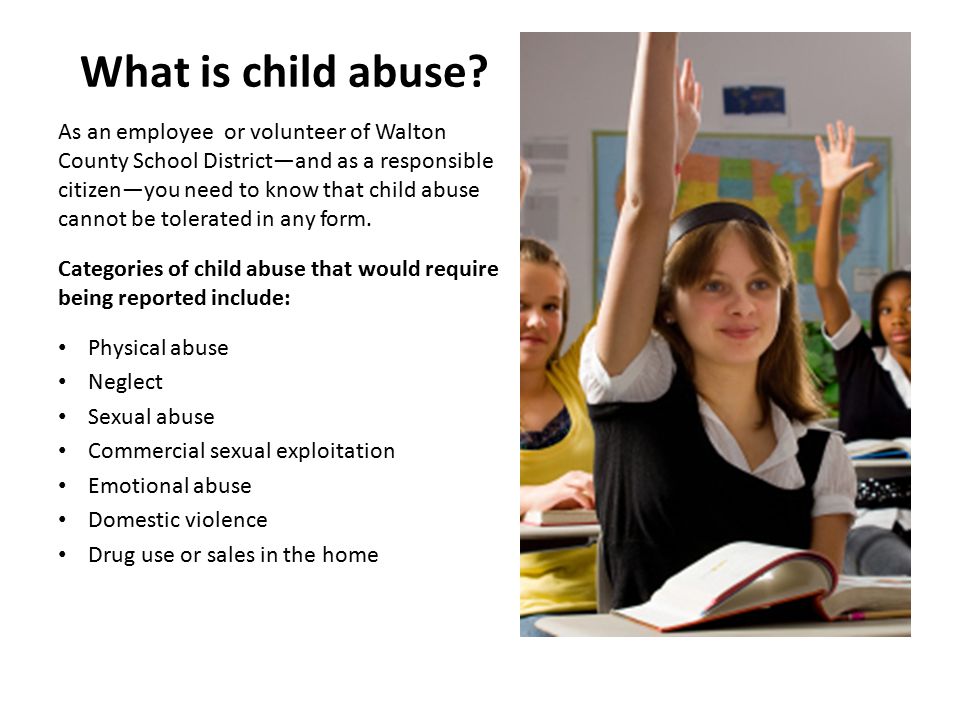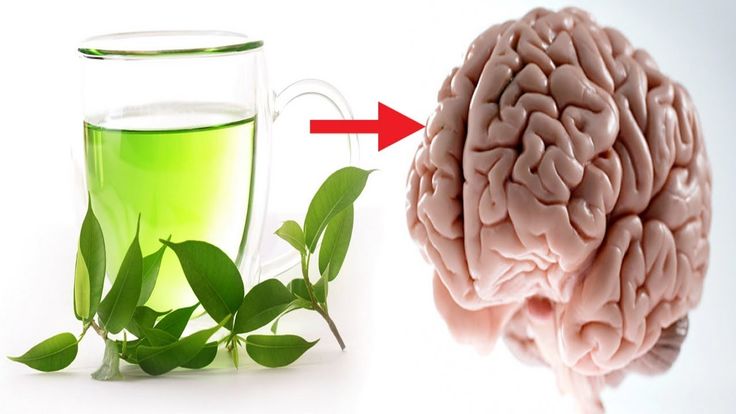How many vaccines does a child receive
Childhood Vaccine Schedule: Vaccines By Age
Your baby will receive their first dose of Hepatitis B (HepB) at birth.What is the childhood immunization schedule?
The childhood immunization schedule, or childhood vaccine schedule, is the list of common vaccines the Centers for Disease Control and Prevention (CDC) recommends most children should receive. Immunization is a way to protect your child from getting many different infections and diseases. Many of these illnesses spread easily from child to child and can cause serious health problems. They can even cause death.
When should my child get immunized?
Your child should receive their first doses of most vaccines during their first two years of life. They may need several doses of the vaccines to reach full protection. For example, the CDC recommends children receive their first dose of the measles, mumps and rubella (MMR) vaccine at 12 months of age or older. They should then receive a second dose before entering elementary school (about 4 to 6 years of age). Your baby can get their childhood vaccines at their regularly scheduled well-baby checkups.
How many vaccines do children get?
By the age of 15 months, your baby may receive up to 10 different types of vaccines. The American Academy of Pediatrics recommends all healthy babies receive these initial vaccines. Your child may receive additional doses and other vaccines between the ages of 15 months and 16 years old. If your child has a chronic condition or a weakened immune system, their pediatrician may recommend a different schedule.
What are the different types of vaccines?
The following vaccines can help protect your child from serious infection or disease.
Hepatitis B (HepB)
The hepatitis B vaccine can help protect your child against hepatitis B. The newborn vaccine schedule includes three doses of the HepB vaccine. Your newborn will generally receive their first dose within 12 hours of birth. They’ll receive their second dose at 1 to 2 months of age and their third dose between 6 and 18 months of age.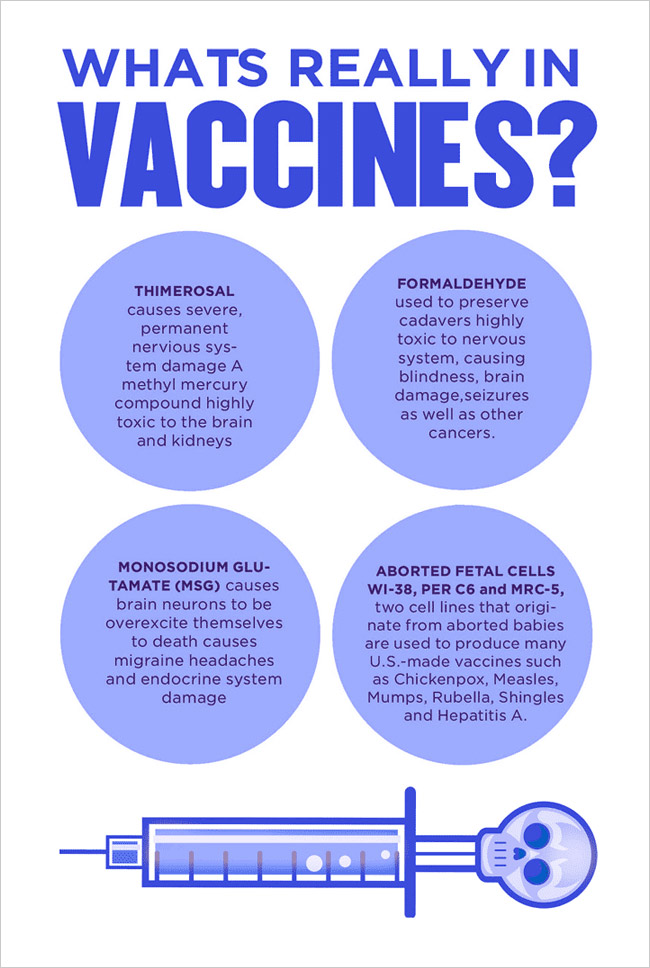 Slight variations in this schedule are possible based on the birthing parent’s hepatitis B surface antigen status and the potential use of combination vaccines.
Slight variations in this schedule are possible based on the birthing parent’s hepatitis B surface antigen status and the potential use of combination vaccines.
Rotavirus (RV)
The rotavirus vaccine can help protect your child against rotavirus. Rotavirus is a viral infection that can cause fever, vomiting and diarrhea. Your child will receive the rotavirus vaccine in two (Rotarix®) or three (RotaTeq®) doses, starting at age 2 months.
Diphtheria, tetanus and acellular pertussis (DTaP)
The DTaP vaccine can help protect your child against diphtheria, tetanus and pertussis. Baby vaccines include five doses of the DTaP combination vaccine. Your baby will receive their first dose at 2 months of age and their second at 4 months of age. They’ll receive their third dose at 6 months, their fourth dose between 15 and 18 months of age and their fifth dose between 4 and 6 years of age.
Haemophilus influenzae type b (Hib)The Hib vaccine can help protect your child against the most common type of Haemophilus influenzae bacteria.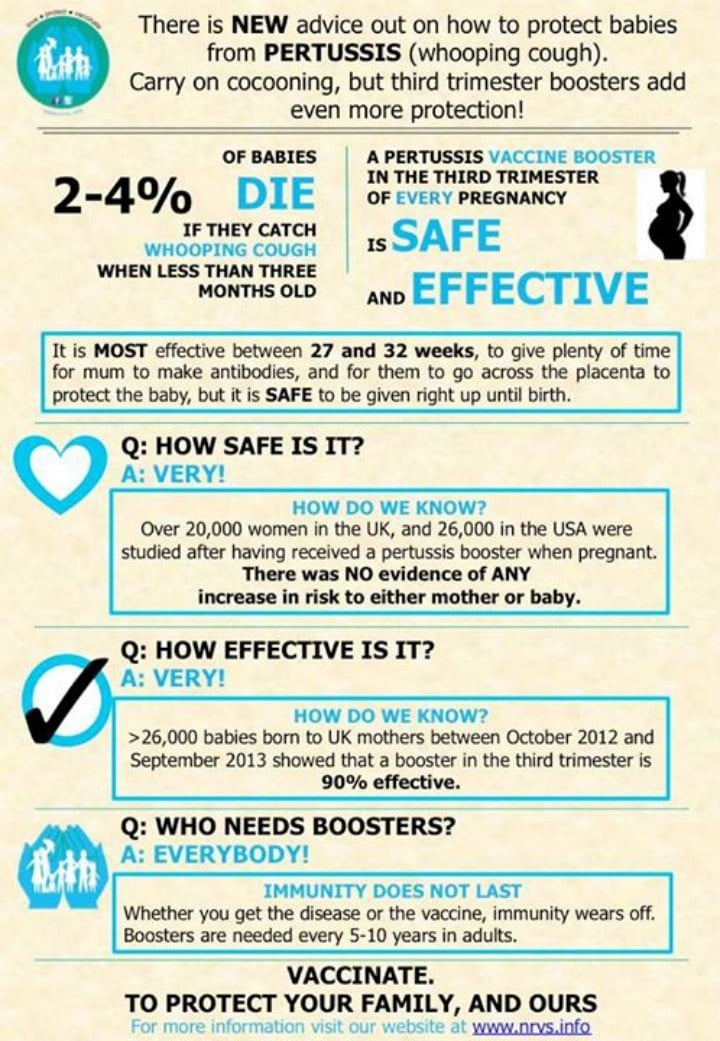 Your child will receive three to four doses of the Hib vaccine, depending on the brand. They’ll receive their first dose at 2 months of age and their second dose at 4 months of age. They’ll possibly receive a third dose at 6 months of age. They’ll then receive their final dose between 12 and 15 months of age. Slight variations in this schedule are possible.
Your child will receive three to four doses of the Hib vaccine, depending on the brand. They’ll receive their first dose at 2 months of age and their second dose at 4 months of age. They’ll possibly receive a third dose at 6 months of age. They’ll then receive their final dose between 12 and 15 months of age. Slight variations in this schedule are possible.
Pneumococcal conjugate (PCV13)
The PCV13 vaccine can help protect your child against pneumococcus bacterial infections. These infections include pneumonia and meningitis. Your child will receive four doses of the PCV13 vaccine. They’ll receive their first dose at 2 months of age and their second dose at 4 months of age. They’ll receive their third dose at 6 months of age and their fourth dose between 12 and 15 months of age.
Inactivated poliovirus (IPV)
The inactivated poliovirus (IPV) vaccine can help protect your child against infections of polio. Your child will receive four doses of the IPV vaccine. They’ll receive their first dose at 2 months of age and their second dose at 4 months of age. They’ll receive their third dose between 6 and 18 months of age and their fourth dose between 4 and 6 years of age.
They’ll receive their third dose between 6 and 18 months of age and their fourth dose between 4 and 6 years of age.
Influenza
The influenza virus vaccine can help protect your child against the flu (influenza). Your child may get the influenza vaccine each year. They may receive one or two doses. They may receive their first dose at 6 months old and their second dose at least 1 month later.
Measles, mumps and rubella (MMR)
The measles, mumps and rubella (MMR) vaccine can help protect your child against measles, mumps and rubella. Your child will receive two doses of the MMR combination vaccine. They’ll receive their first dose between 12 and 15 months of age and their second dose between 4 and 6 years of age. The MMR vaccine may be combined with the VAR vaccine (MMRV).
Varicella (VAR)
The chickenpox (varicella) vaccine can help protect your child against chickenpox. Your child will receive two doses of the varicella vaccine. They’ll receive their first dose between 12 and 15 months of age and their second dose between 4 and 6 years of age. The varicella vaccine may be combined with the MMR vaccine (MMRV).
The varicella vaccine may be combined with the MMR vaccine (MMRV).
Hepatitis A (HepA)
The hepatitis A vaccine can help protect your child against hepatitis A. Hepatitis A is a type of liver disease. Your child will receive the HepA vaccine as a two-dose series. Your child will receive their first dose between 12 and 23 months and their second dose at least six months later.
Human papillomavirus (HPV)
The HPV vaccine can help protect your child against diseases caused by certain types of human papillomavirus (HPV). These diseases include:
- Precancerous cervical, vaginal and vulvar lesions.
- Genital warts.
- Cancers including cervical cancer, anal cancer, penile cancer and head and neck cancer.
If your child is aged 15 or over, they’ll receive the HPV vaccine in three doses. They’ll receive their second dose two months after their first dose. They’ll receive their final dose six months after their first dose.
Children who start the HPV vaccine before they turn 15 years old only need two doses, given six to 12 months apart. This is because younger immune systems generate more immunity.
This is because younger immune systems generate more immunity.
Meningococcal
The meningococcal vaccine can help protect your child against meningococcal disease. Meningococcal disease is a serious bacterial infection that can cause meningitis. Meningitis is severe swelling of your brain and spinal cord. It can also lead to sepsis, a dangerous and potentially life-threatening blood infection.
Other vaccines
Your child’s pediatrician may recommend additional vaccines if your child is at a high risk of certain infections or diseases. They’ll also provide a revised vaccination schedule if your child has missed any vaccine doses during their recommended time frames.
What ages do kids get shots?
The infant vaccine schedule starts at birth. Your newborn will receive their first shots within their first months of life. Your child may receive certain vaccines within a range of ages. The following represents one recommended child vaccine schedule. Your child’s pediatrician may follow different guidelines.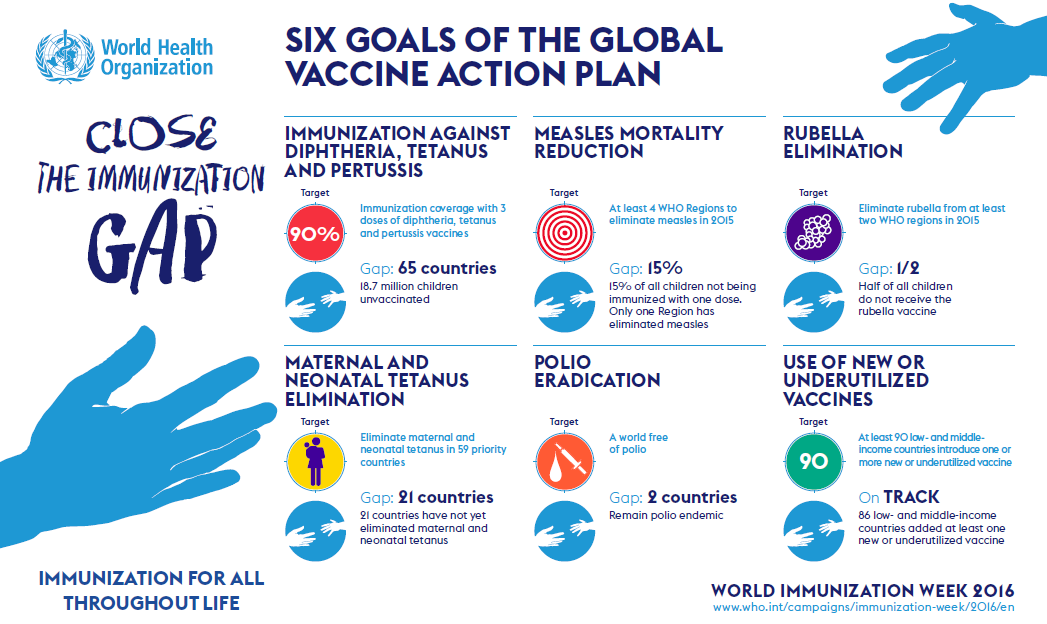 You should speak with your child’s pediatrician about which vaccines your child should receive and when. The recommended vaccines by age include:
You should speak with your child’s pediatrician about which vaccines your child should receive and when. The recommended vaccines by age include:
Birth vaccine
Vaccines for babies include their first doses of Hepatitis B (HepB).
- Hepatitis B (HepB).
1- to 2-month vaccine
- Hepatitis B (HepB).
2-month vaccines
Babies get several shots at 2 months of age. The DTaP vaccine schedule starts at 2 months. Your baby will get their first dose of:
- Rotavirus (RV).
- Diphtheria, tetanus and acellular pertussis (DTaP).
- Haemophilus influenzae type B (Hib).
- Pneumococcal conjugate (PCV13).
- Inactivated poliovirus (IPV).
4-month vaccines
For their 4-month shots, babies get a second dose of the vaccines they received at their 2-month appointment. These include:
- Rotavirus (RV).
- Diphtheria, tetanus and acellular pertussis (DTaP).
- Haemophilus influenzae type B (Hib).

- Pneumococcal conjugate (PCV13).
- Inactivated poliovirus (IPV).
6-month vaccines
At 6 months of age, your child may start to receive the influenza vaccine annually. In addition, your child may or may not need a third dose of the RV and Hib vaccines, depending on the brand your child’s healthcare provider used for their previous doses.
- Influenza.
- Rotavirus (RV).
- Haemophilus influenzae type B (Hib).
- Diphtheria, tetanus and acellular pertussis (DTaP).
- Pneumococcal conjugate (PCV13).
6- to 18-month vaccines
The timing of your baby’s third dose of these vaccines will depend on their healthcare provider’s recommendation. Six- to 18-month shots may include:
- Hepatitis B (HepB).
- Inactivated poliovirus (IPV).
12- to 15-month vaccines
Your child will receive their first dose of MMR and varicella after they’ve hit their first birthday. Twelve- to 15-month shots include:
- Measles, mumps and rubella (MMR).

- Varicella (VAR).
- Haemophilus influenzae type B (Hib).
- Pneumococcal conjugate (PCV13).
12- to 23-month vaccine
Your baby’s 12-month vaccines may include the first in a two-dose series of hepatitis A. They may receive the second vaccine at 2 years old.
- Hepatitis A (HepA).
15- to 18-month vaccine
Your baby will receive one shot during this time frame, their fourth dose of DTaP.
- Diphtheria, tetanus and acellular pertussis (DTaP).
4- to 6-year vaccines
Between 4 and 6 years old, your child may receive the following shots:
- Diphtheria, tetanus and acellular pertussis (DTaP).
- Inactivated poliovirus (IPV).
- Measles, mumps and rubella (MMR).
- Varicella (VAR).
11- to 12-year vaccines
Your child gets to wait a bit before their next round of vaccines.
- Tetanus, diphtheria and acellular pertussis (Tdap) booster.
- Human papillomavirus (HPV).
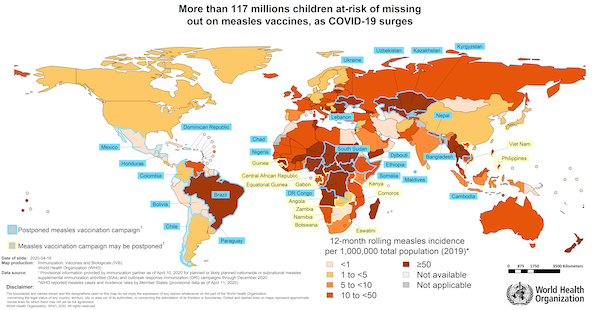
- Meningococcal.
16-year vaccine
Your 16-year-old should receive their second dose of meningococcal.
- Meningococcal.
Are the vaccines safe?
Yes. Vaccines for childhood diseases are very safe. Sometimes, a vaccine will cause mild side effects such as a sore arm or leg or a low fever. A bad side effect isn’t likely to happen. Childhood diseases are a greater health risk to children than vaccines are. Ask your child’s healthcare provider to tell you about the risks and side effects.
When shouldn’t my child be vaccinated?
In a few cases, it's better to wait to get a vaccine. Some children who are very sick shouldn’t get a vaccine at all. Reasons your child should wait or not get a vaccine may include:
- Being sick with something more serious than a cold.
- Having a bad reaction after the first dose of a vaccine.
- Having sudden jerky body movements (convulsions), possibly caused by a vaccine.
Vaccine Schedule for Children 6 Years or Younger
Download the Schedule
- Printable schedule, color
- Printable schedule, black and white
More Schedule Resources
- Learn about vaccine-preventable diseases
- Syndicate the schedules on your website
- Compliant version of the schedule
For Other Groups
- Ages 7 to 18 years
- Ages 19 Years or Older
- Pregnant Women
Legend
Range of recommended ages for all children
COVID-19 vaccination is recommended for ages 6 months and older.

Birth | 1 month | 2 months | 4 months | 6 months | 12 months | 15 months | 18 months | 19-23 months | 2-3 years | 4-6 years | |
|---|---|---|---|---|---|---|---|---|---|---|---|
| HepB | HepB | HepB | |||||||||
| RV | RV | RV | |||||||||
| DTaP | DTaP | DTaP | DTaP | DTaP | |||||||
| Hib | Hib | Hib | Hib | ||||||||
| PCV13 | PCV13 | PCV13 | PCV13 | ||||||||
| IPV | IPV | IPV | IPV | ||||||||
| Influenza (Yearly)* | |||||||||||
| MMR | MMR | ||||||||||
| Varicella | Varicella | ||||||||||
| HepA§ | |||||||||||
Note: If your child misses a shot, you don’t need to start over. Just go back to your child’s doctor for the next shot. Talk with your child’s doctor if you have questions about vaccines.
Footnotes
*Two doses given at least four weeks apart are recommended for children age 6 months through 8 years of age who are getting an influenza (flu) vaccine for the first time and for some other children in this age group.
§Two doses of HepA vaccine are needed for lasting protection. The first dose of HepA vaccine should be given between 12 months and 23 months of age. The second dose should be given 6 months after the first dose. All children and adolescents over 24 months of age who have not been vaccinated should also receive 2 doses of HepA vaccine.
If your child has any medical conditions that put him or her at risk for infection or is traveling outside the United States, talk to your child’s doctor about additional vaccines that he or she may need.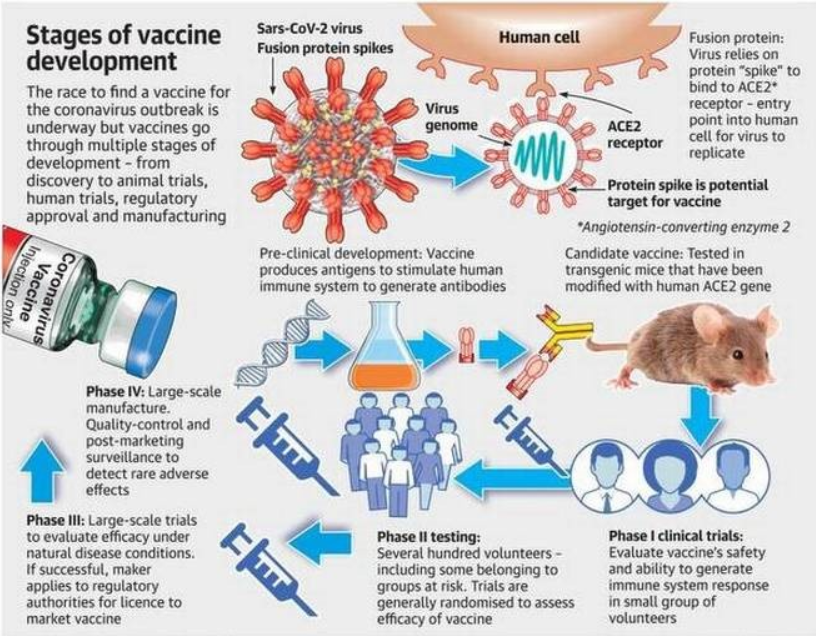
Vaccine-Preventable Diseases and the Vaccines that Prevent Them
| Disease | Vaccine | Disease spread by | Disease symptoms | Disease complications |
|---|---|---|---|---|
| Chickenpox | Varicella vaccine protects against chickenpox. | Air, direct contact | Rash, tiredness, headache, fever | Infected blisters, bleeding disorders, encephalitis (brain swelling), pneumonia (infection in the lungs), death |
| Diphtheria | DTaP* vaccine protects against diphtheria. | Air, direct contact | Sore throat, mild fever, weakness, swollen glands in neck | Swelling of the heart muscle, heart failure, coma, paralysis, death |
| Hib | Hib vaccine protects against Haemophilus influenzae type b. | Air, direct contact | May be no symptoms unless bacteria enter the blood | Meningitis (infection of the covering around the brain and spinal cord), intellectual disability, epiglottitis (life-threatening infection that can block the windpipe and lead to serious breathing problems), pneumonia (infection in the lungs), death |
| Hepatitis A | HepA vaccine protects against hepatitis A. | Direct contact, contaminated food or water | May be no symptoms, fever, stomach pain, loss of appetite, fatigue, vomiting, jaundice (yellowing of skin and eyes), dark urine | Liver failure, arthralgia (joint pain), kidney, pancreatic, and blood disorders, death |
| Hepatitis B | HepB vaccine protects against hepatitis B. | Contact with blood or body fluids | May be no symptoms, fever, headache, weakness, vomiting, jaundice (yellowing of skin and eyes), joint pain | Chronic liver infection, liver failure, liver cancer, death |
| Influenza (Flu) | Flu vaccine protects against influenza.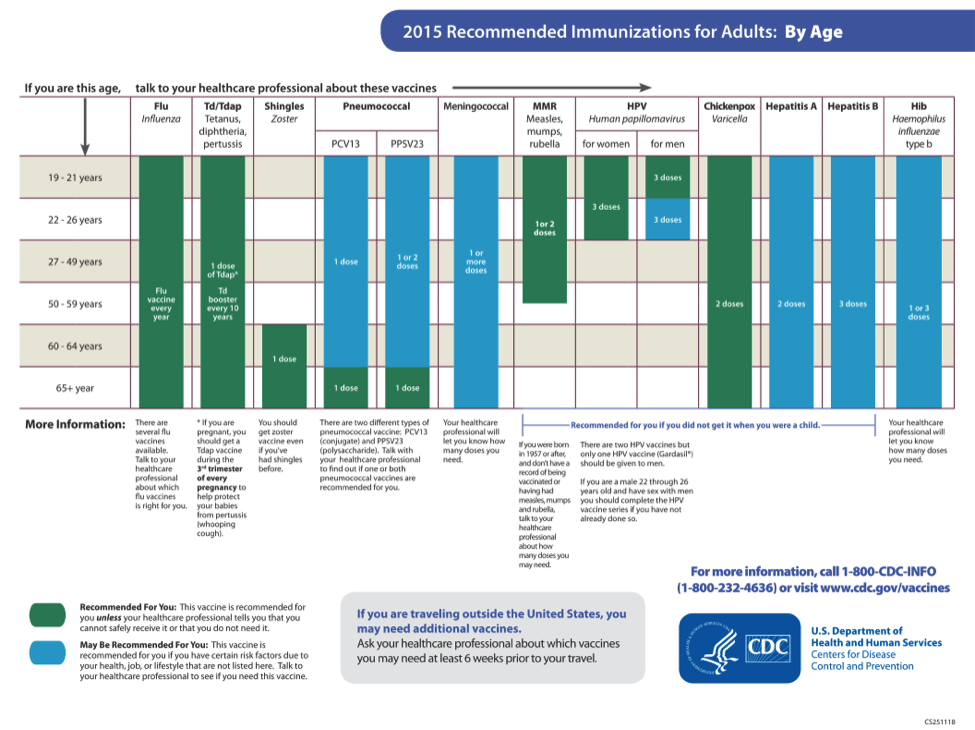 | Air, direct contact | Fever, muscle pain, sore throat, cough, extreme fatigue | Pneumonia (infection in the lungs), bronchitis, sinus infections, ear infections, death |
| Measles | MMR** vaccine protects against measles. | Air, direct contact | Rash, fever, cough, runny nose, pink eye | Encephalitis (brain swelling), pneumonia (infection in the lungs), death |
| Mumps | MMR**vaccine protects against mumps. | Air, direct contact | Swollen salivary glands (under the jaw), fever, headache, tiredness, muscle pain | Meningitis (infection of the covering around the brain and spinal cord), encephalitis (brain swelling), inflammation of testicles or ovaries, deafness, death |
| Pertussis | DTaP* vaccine protects against pertussis (whooping cough). | Air, direct contact | Severe cough, runny nose, apnea (a pause in breathing in infants) | Pneumonia (infection in the lungs), death |
| Polio | IPV vaccine protects against polio.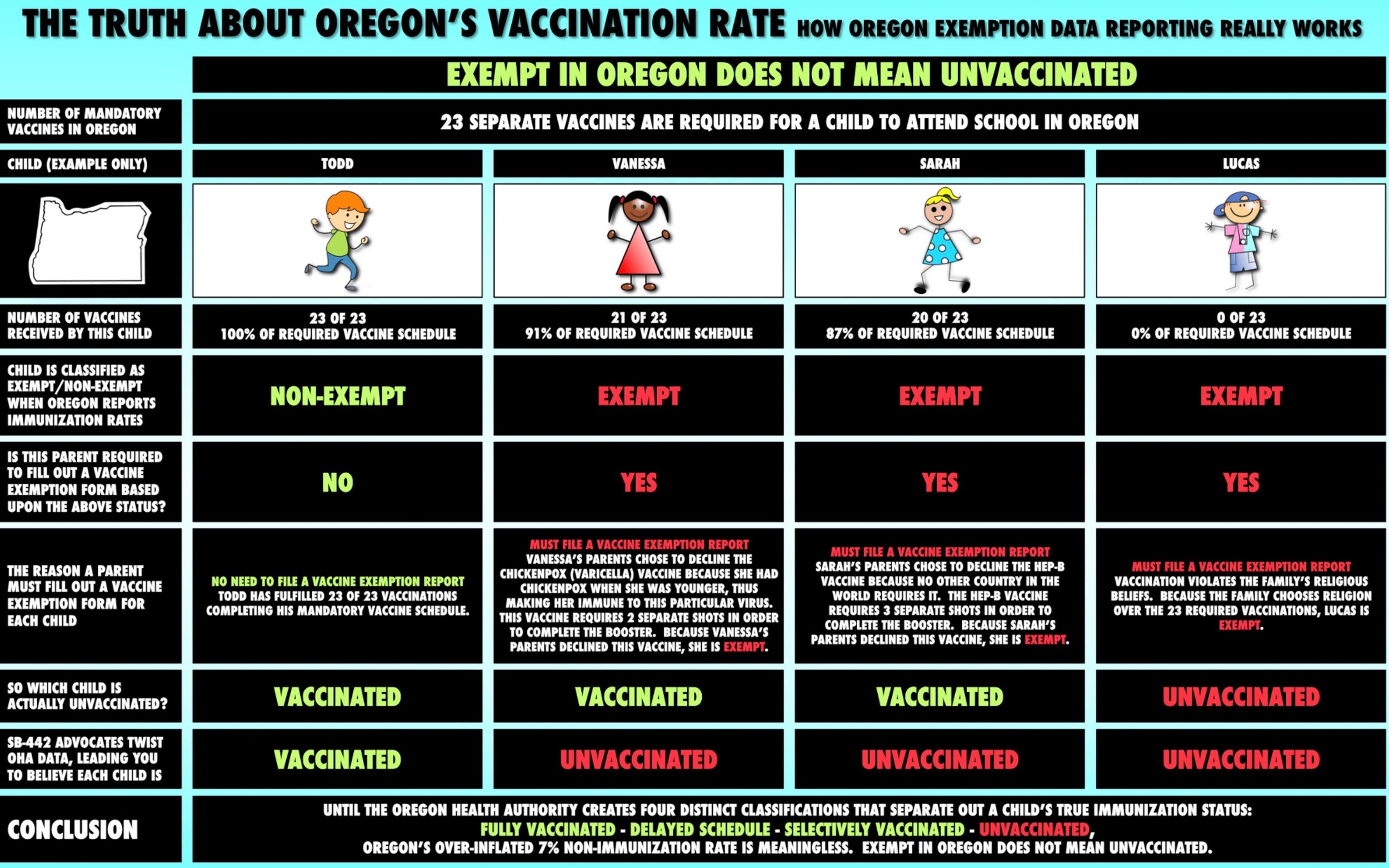 | Air, direct contact, through the mouth | May be no symptoms, sore throat, fever, nausea, headache | Paralysis, death |
| Pneumococcal | PCV13 vaccine protects against pneumococcus. | Air, direct contact | May be no symptoms, pneumonia (infection in the lungs) | Bacteremia (blood infection), meningitis (infection of the covering around the brain and spinal cord), death |
| Rotavirus | RV vaccine protects against rotavirus. | Through the mouth | Diarrhea, fever, vomiting | Severe diarrhea, dehydration, death |
| Rubella | MMR** vaccine protects against rubella. | Air, direct contact | Sometimes rash, fever, swollen lymph nodes | Very serious in pregnant women—can lead to miscarriage, stillbirth, premature delivery, birth defects |
| Tetanus | DTaP* vaccine protects against tetanus.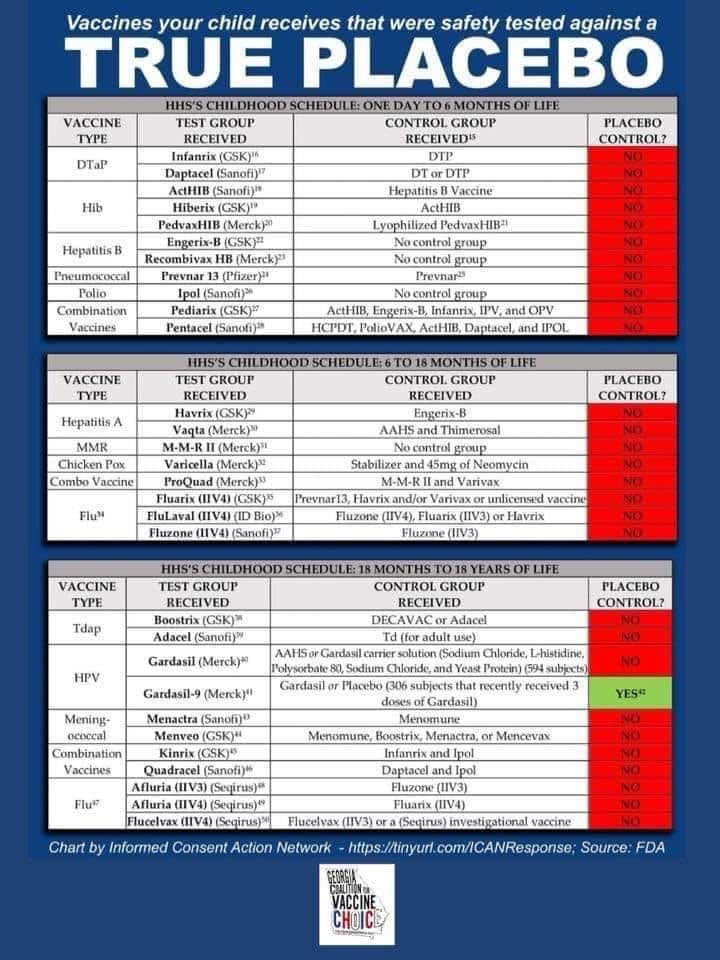 | Exposure through cuts in skin | Stiffness in neck and abdominal muscles, difficulty swallowing, muscle spasms, fever | Broken bones, breathing difficulty, death |
* DTaP combines protection against diphtheria, tetanus, and pertussis.
** MMR combines protection against measles, mumps, and rubella.
This schedule is recommended by the Advisory Committee on Immunization Practices (ACIP) and approved by the Centers for Disease Control and Prevention (CDC), American Academy of Pediatrics (AAPexternal icon), and American Academy of Family Physicians (AAFPexternal icon).
90,000 vaccination calendar for children - EUROMED KIDS
Article checked by doctors of Euromed Kids
Download or see the vaccination calendar in PDF
The National Vaccation Calendar is approved by the Ministry of Health of each state and determines the Ministry of Health of each state and determines the Ministry what diseases this state is ready to vaccinate people for free.![]() It also outlines which population groups need to be vaccinated (at what age and on what grounds). nine0004
It also outlines which population groups need to be vaccinated (at what age and on what grounds). nine0004
The principle of all National Calendars is "to instill as early as possible". Many diseases are especially dangerous for children 0-2 years old. Following the calendar, we protect the child from the maximum possible number of infections in a short time. Vaccinated children get sick less often, and if they get sick, then without serious and life-threatening complications. The calendar also tells you when to revaccinate children and adults against various infections.
Dates determined by the calendar are really important and should be guided by. The national calendar is designed to minimize the risk of illness and reduce the likelihood of complications. nine0004
The Russian National Immunization Schedule includes:
- Airborne infections (measles, rubella, mumps, whooping cough, chicken pox, diphtheria, influenza)
- Severe infections with high mortality (tuberculosis, hepatitis B, diphtheria, tetanus, poliomyelitis, Haemophilus influenzae type b)
- Vaccinations according to epidemic indications (tick-borne encephalitis, etc.
 - by region) diseases: hepatitis A, typhoid fever, cholera)
- by region) diseases: hepatitis A, typhoid fever, cholera)
It is important that the National Calendar is not a “list of all required vaccinations”. In total, there are 30 preventable infections in the world, 16 are included in the US National Immunization Schedule, and 12 in Russia. With mass free vaccination, the state has to choose the most important in order to rationally allocate resources. Therefore, as far as possible, parents can "supplement" the calendar and vaccinate their children for a fee against those infections that the state does not yet have enough resources to protect against. nine0004
What important vaccinations are not included in the Russian National calendar?
- Against rotavirus infection
- Against chickenpox
- Against Hib infection for everyone (only risk groups are vaccinated in Russia)
- Against HPV – human papillomavirus
- Against meningitis
- There is no second revaccination against whooping cough
But in the Russian calendar, unlike the calendars of many countries, there are vaccinations:
- Against influenza for all
- Against tuberculosis
The situation in the world is constantly changing.

